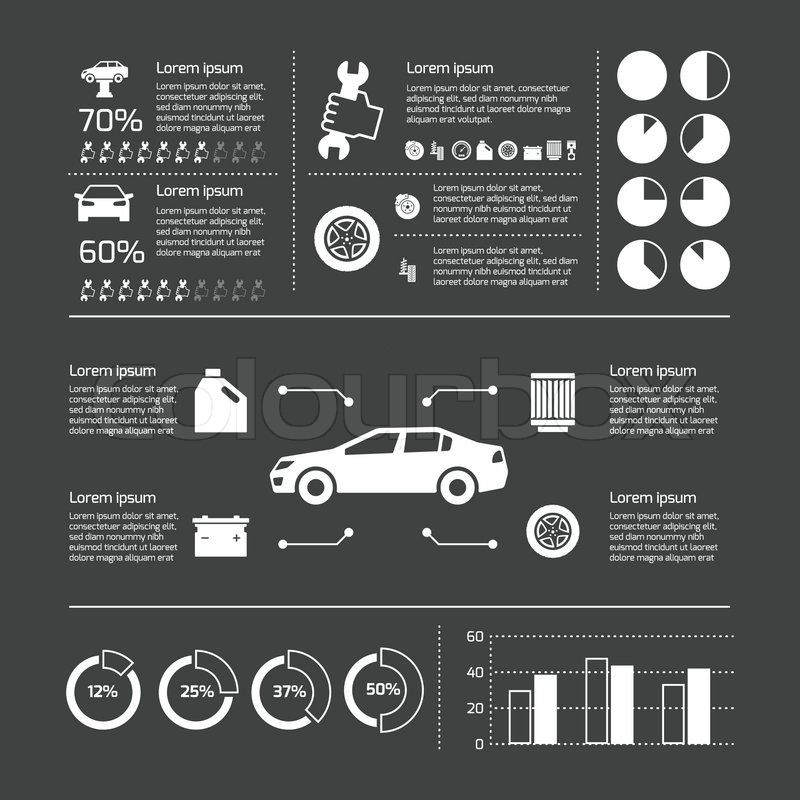Decoding Your Car'S Caution Indicators: What They Really Signify
Decoding Your Car'S Caution Indicators: What They Really Signify
Blog Article
Short Article Author-Samuelsen Stark
When you lag the wheel, those glowing caution lights on your dashboard can be a little bit perplexing. Do you understand what they're attempting to tell you about your car's wellness? Recognizing the importance of these lights is crucial for your safety and the long life of your vehicle. So, the following time one of those lights appears, wouldn't you want to analyze its message properly and take the needed actions to address it?
Common Warning Lighting and Interpretations
Recognize typical caution lights in your automobile and recognize their definitions to guarantee safe driving.
One of the most common warning lights consist of the check engine light, which indicates issues with the engine or discharges system. If this light begins, it's vital to have your vehicle inspected without delay.
https://front-brakes-and-rotors51728.blogthisbiz.com/38678464/exactly-how-mobile-cars-and-truck-describing-solutions-can-conserve-you-time-and-money advising light shows low oil pressure, requiring prompt focus to avoid engine damage.
A blinking battery light could suggest a defective billing system, potentially leaving you stranded otherwise resolved.
The tire pressure monitoring system (TPMS) light notifies you to low tire pressure, influencing lorry security and fuel performance. Overlooking this can lead to harmful driving problems.
The abdominal muscle light shows a trouble with the anti-lock braking system, compromising your ability to quit rapidly in emergency situations.
Finally, om detailing alerting light warns of engine overheating, which can cause extreme damage if not fixed promptly.
Understanding these common warning lights will assist you address problems immediately and maintain secure driving problems.
Relevance of Prompt Attention
Comprehending the common caution lights in your automobile is just the initial step; the relevance of immediately attending to these warnings can not be stressed sufficient to guarantee your security when traveling.
When a warning light brightens on your control panel, it's your car's means of communicating a potential concern that needs focus. Disregarding car washes can result in extra extreme problems in the future, endangering your safety and security and possibly costing you more out of commission.
Motivate interest to warning lights can protect against failures and accidents. For instance, a flashing check engine light could suggest a misfire that, if left neglected, might cause damage to the catalytic converter. Addressing this without delay can save you from a pricey repair service.
In a similar way, a brake system cautioning light might indicate reduced brake fluid or worn brake pads, crucial components for your safety when driving.
Do It Yourself Troubleshooting Tips
If you see a warning light on your dashboard, there are a couple of do it yourself repairing suggestions you can try before seeking professional aid.
The initial step is to consult your vehicle's handbook to comprehend what the specific warning light suggests. Occasionally the problem can be as basic as a loose gas cap activating the check engine light. Tightening the gas cap may fix the issue.
Another typical issue is a reduced battery, which can cause numerous advising lights. Examining the battery connections for corrosion and ensuring they're secure could take care of the problem.
If a warning light persists, you can try resetting it by detaching the automobile's battery for a few minutes and after that reconnecting it. Additionally, examining your car's liquid degrees, such as oil, coolant, and brake liquid, can help fix cautioning lights related to these systems.
Final thought
In conclusion, understanding your car's caution lights is essential for maintaining your lorry running efficiently and securely. By promptly addressing these notifies and knowing what they suggest, you can avoid expensive fixings and possible break downs.
Bear in mind to consult your automobile's guidebook for specific details on each warning light and take action appropriately to make sure a hassle-free driving experience.
Keep educated, stay risk-free when driving!
